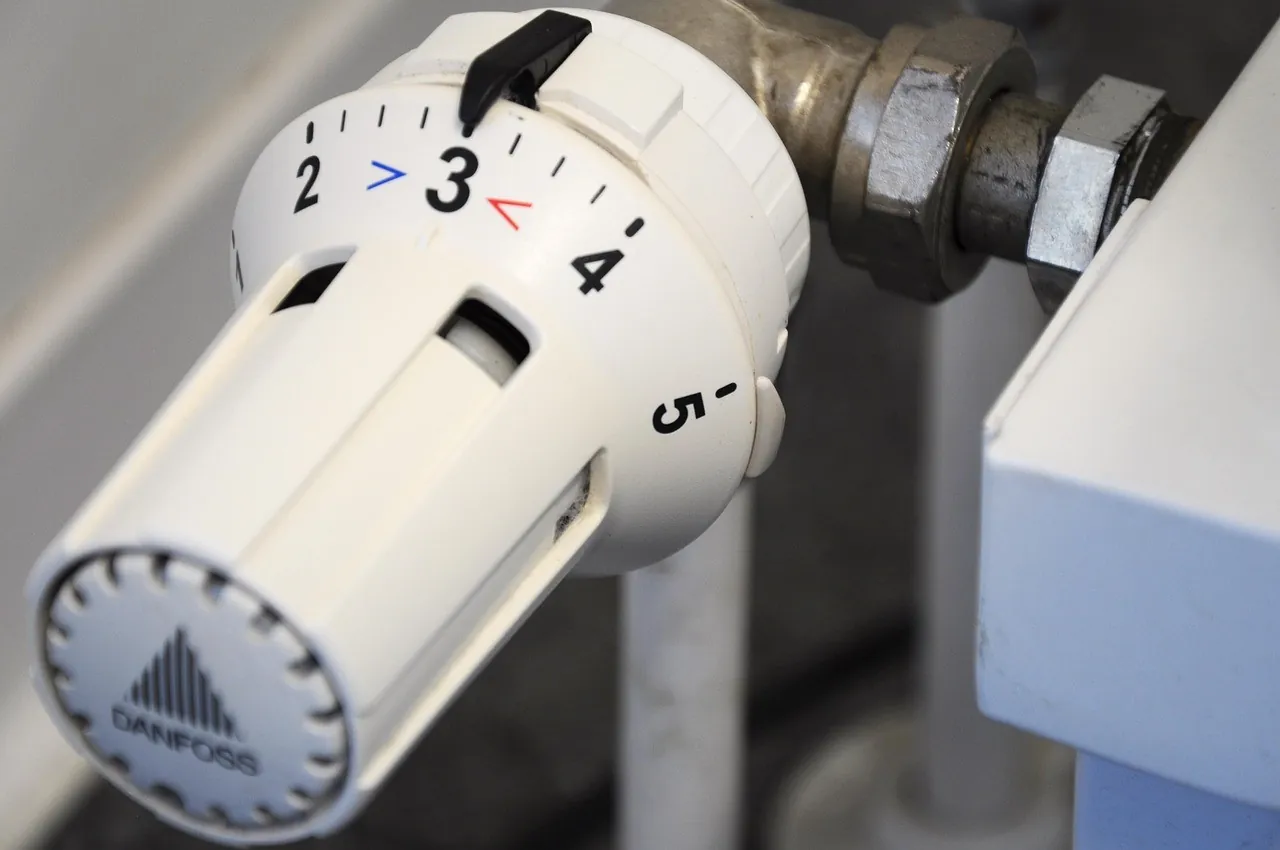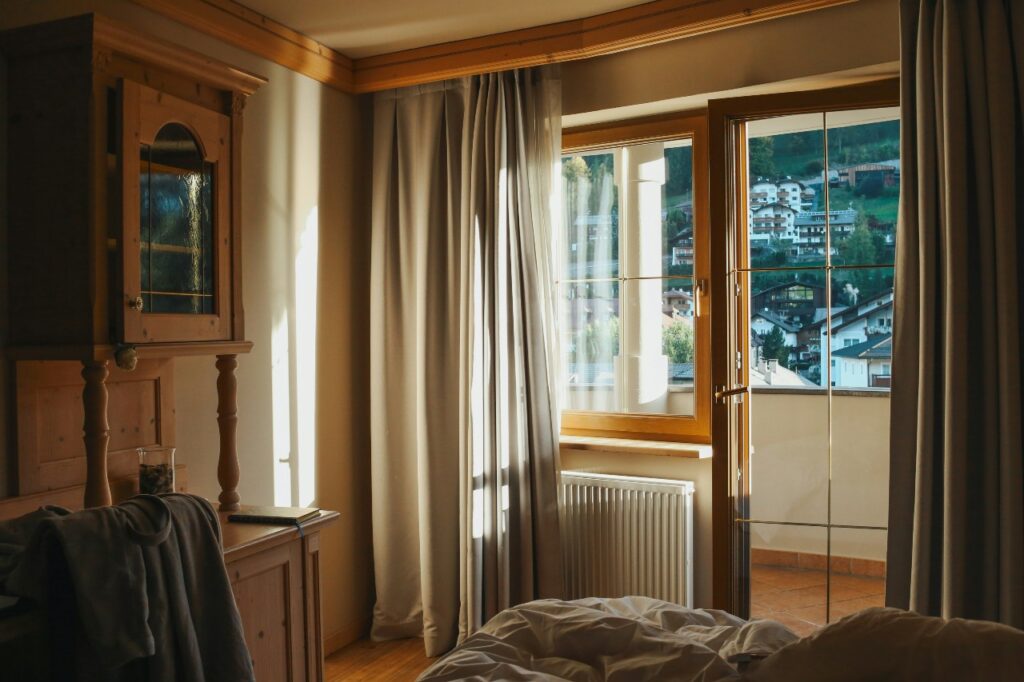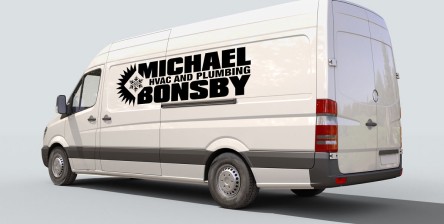Don’t Wait for a Breakdown: Find The Best Furnace Replacement Service!

Many homeowners put off furnace replacement until it fails completely. While this is understandable, waiting too long can cost you more in energy bills, emergency repairs, and even home comfort. Understanding the early warning signs and the benefits of timely furnace replacement can help you make a smarter decision before winter hits.
A furnace doesn’t last forever. Most units have a lifespan of 15–20 years, depending on maintenance and usage. If your system is nearing that age and showing signs of inefficiency, it may be time to consider replacement instead of another repair. Replacing your furnace at the right time can prevent unexpected breakdowns, improve comfort, and lower heating costs.
Homeowners often underestimate the gradual decline in furnace efficiency. Over time, components wear out, airflow decreases, and the system begins to consume more energy just to achieve the same level of heat. By recognizing this decline early, you can plan ahead and avoid emergency replacements in the middle of winter.
Common Signs Your Furnace Needs Replacement
1. Rising Energy Bills
If you notice your energy bills increasing even though your heating habits haven’t changed, your furnace might be losing efficiency. Older systems have to work harder to maintain the same temperature, leading to higher energy consumption and unnecessary strain on the components.
2. Frequent Repairs
Needing to call for furnace repair more than once or twice a year is a clear red flag. Repair costs can add up quickly, and it may be more cost-effective to invest in a new unit with a warranty. For expert help, explore Michael Bonsby’s furnace repair services. A professional inspection can help determine whether your existing unit can be safely repaired or if replacement is the wiser investment.
3. Uneven Heating or Poor Airflow
Are some rooms warmer than others? Inconsistent heating can signal that your furnace is struggling. Worn-out components or failing blowers often cause poor airflow and inconsistent comfort levels. It might also indicate problems with your ductwork that need to be addressed before installing a new system.
4. Strange Noises or Odors
Unusual sounds—such as banging, rattling, or squealing—can indicate mechanical problems or failing parts. Persistent odors, especially those that smell like gas or burning, should never be ignored. These could point to serious safety hazards that require immediate professional attention.
5. Yellow Pilot Light
A yellow or flickering pilot light may indicate carbon monoxide issues. This is a serious safety hazard and should be checked immediately by a licensed technician. If you’re seeing this sign along with other performance problems, replacement is the safest path forward.

The Benefits of Replacing Your Old Furnace
1. Improved Efficiency
Modern furnaces are significantly more efficient than older models. Upgrading to a high-efficiency system can reduce your heating bills by 20–40% and provide more consistent warmth throughout your home. Learn more about furnace installation and replacement options. New systems also come equipped with advanced technology like modulating gas valves and variable-speed blowers, which optimize fuel use and airflow.
2. Enhanced Comfort and Air Quality
Newer systems offer advanced airflow control, variable speed fans, and improved filtration. These upgrades help maintain steady indoor temperatures and cleaner air. Better humidity management also contributes to a more comfortable environment during dry winter months.
3. Fewer Repairs and Better Reliability
Replacing your furnace eliminates the need for frequent service calls. A new system comes with a warranty and dependable performance, giving you peace of mind during cold months. Plus, with regular maintenance, your new furnace can last two decades or more.
4. Increased Home Value
Energy-efficient heating systems are attractive to potential buyers. If you plan to sell your home, a new furnace can boost property value and appeal. Buyers appreciate the assurance of a modern, efficient, and well-maintained heating system.
How to Decide Between Furnace Repair and Replacement
It can be hard to know when it’s time to stop repairing and start fresh. Here are a few guidelines to help:
-
Age Matters: If your furnace is 15 years or older, replacement is usually the smarter long-term choice.
-
Repair Cost Rule: If the cost of repair exceeds 40% of the replacement price, go with a new system.
-
Performance Issues: Ongoing problems with heating consistency or frequent breakdowns are strong signs your furnace is near the end.
Sometimes, homeowners choose to repair an older furnace to delay costs. However, when those repairs become repetitive, you’re essentially investing in a system that will continue to decline. Modern furnaces, with their higher efficiency and smarter control options, quickly make up the cost difference through lower monthly bills.
Choosing the Right Replacement Furnace
1. Fuel Type
Most furnaces use gas, but electric and oil options are also available. Gas furnaces are popular for their balance of cost and efficiency, especially in colder regions. Electric models may suit smaller homes or areas without gas access, though they can be more expensive to run.
2. Size and Capacity
Proper sizing ensures efficiency and comfort. An HVAC professional will calculate your home’s heating load to determine the ideal system size. Oversized units can short-cycle, while undersized ones struggle to keep up. Correct sizing also reduces wear and tear on internal parts, extending the system’s life.
3. Efficiency Ratings
Look for furnaces with an AFUE (Annual Fuel Utilization Efficiency) rating of 90% or higher. The higher the rating, the more efficient the furnace. Some top-tier systems even reach 98% efficiency, meaning nearly all the fuel is converted into heat.
4. Smart Features
Modern furnaces can integrate with smart thermostats, allowing better control over your home’s temperature and energy use. Remote access, adaptive heating schedules, and energy reports help you track savings and stay comfortable.
The Furnace Replacement Process
Replacing a furnace isn’t just about swapping old for new. It involves careful assessment, removal, and installation to ensure your system runs efficiently from day one.
-
Inspection and Load Calculation: A technician evaluates your home’s insulation, ductwork, and square footage to recommend the right system.
-
Old Furnace Removal: The existing unit is safely disconnected and removed.
-
New System Installation: The new furnace is installed, calibrated, and tested for safety and efficiency.
-
System Testing and Home Walkthrough: The installer checks airflow, thermostat calibration, and carbon monoxide levels before finalizing the job.
-
Post-Installation Review: Technicians often explain maintenance routines, thermostat settings, and filter schedules to ensure homeowners know how to maximize efficiency.
Why Professional Installation Matters
DIY furnace replacement is not recommended. Improper installation can lead to gas leaks, poor airflow, or premature system failure. Certified HVAC technicians ensure proper venting, calibration, and safety compliance.
Professional installation also helps maintain your manufacturer warranty and ensures your system operates at peak efficiency. To see what’s involved, check out Michael Bonsby’s heating services. A professional touch guarantees longevity and performance, saving you from future repair costs and headaches.
Energy-Saving Tips After Replacing Your Furnace
-
Regular Maintenance: Schedule annual tune-ups to keep your furnace efficient.
-
Use a Programmable Thermostat: Adjust temperatures automatically to save energy when you’re not home.
-
Seal Air Leaks: Inspect windows, doors, and ductwork for leaks that waste heat.
-
Change Filters Frequently: Clean filters improve airflow and air quality.
-
Upgrade Insulation: Better insulation reduces energy waste and strain on your furnace.
-
Check Ductwork: Make sure ducts are sealed and free of debris to optimize airflow.
-
Monitor Thermostat Settings: Small adjustments of one or two degrees can lead to noticeable energy savings over time.
FAQs About Furnace Replacement
How long does a furnace replacement take?
Most furnace replacements take about one day. The process includes removal of the old unit, installation, and testing. Complex setups or ductwork repairs can take longer, especially if additional electrical or venting work is required.
What size furnace do I need for my home?
Size depends on factors like square footage, ceiling height, insulation, and climate. An HVAC technician will perform a load calculation to find the right capacity for your home. A properly sized furnace not only heats better but also prevents excess humidity and uneven temperature zones.
Can I replace just my furnace and keep my old AC?
Yes, but compatibility matters. If your furnace and AC share components, like a blower, your technician will ensure both systems work efficiently together. If your AC is also over a decade old, you might save more by replacing both together.
Is a high-efficiency furnace worth the investment?
Absolutely. Although they cost more upfront, high-efficiency furnaces use less fuel and reduce monthly energy bills, offering long-term savings. Many homeowners notice a drop in energy use within the first month of installation.
How often should I replace my furnace filter?
Replace or clean filters every 1–3 months, depending on your usage and filter type. Clean filters help your system run efficiently and maintain air quality. If you have pets or allergies, you may need to replace them more frequently.
Meta Description: Learn when to replace your furnace before it breaks down. Discover key signs, benefits, and expert advice for a smarter furnace replacement decision.
Contact Us Today Full Width



